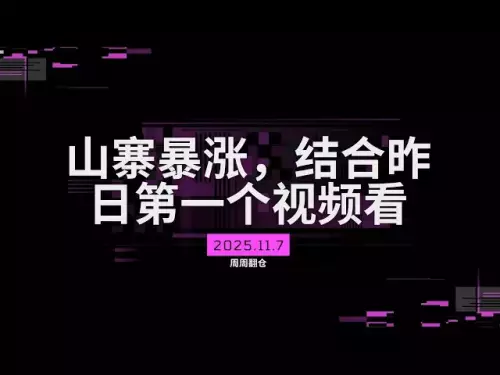-
 bitcoin
bitcoin $102877.190955 USD
1.88% -
 ethereum
ethereum $3430.435064 USD
4.52% -
 tether
tether $0.999264 USD
-0.05% -
 xrp
xrp $2.307310 USD
4.49% -
 bnb
bnb $987.740692 USD
3.82% -
 solana
solana $161.947760 USD
3.97% -
 usd-coin
usd-coin $0.999712 USD
-0.05% -
 tron
tron $0.292810 USD
2.93% -
 dogecoin
dogecoin $0.179738 USD
10.70% -
 cardano
cardano $0.580716 USD
8.75% -
 hyperliquid
hyperliquid $42.463448 USD
8.40% -
 chainlink
chainlink $15.763437 USD
7.05% -
 zcash
zcash $649.595636 USD
17.21% -
 bitcoin-cash
bitcoin-cash $511.610261 USD
7.19% -
 stellar
stellar $0.292537 USD
7.91%
What are the common routines in Bitcoin perpetual contract transactions?
Scalping, a popular Bitcoin trading routine, involves executing numerous small trades to capitalize on minor price fluctuations and gradually accumulate profits over time.
Oct 22, 2024 at 03:24 pm

- Involves buying and selling in quick succession at slightly different prices.
- Aims to profit from bid-ask spreads and create liquidity in the market.
- Requires fast order execution and a deep understanding of market dynamics.
- Involves making multiple small trades within a short period of time.
- Aims to take advantage of small price fluctuations and accumulate profits gradually.
- Requires fast execution and tight risk management.
- Involves identifying price discrepancies between different exchanges.
- Traders buy on one exchange and simultaneously sell on another at a higher price, profiting from the difference.
- Requires access to multiple exchanges and a fast order execution system.
- Involves using a combination of long and short positions to minimize risk while maximizing returns.
- Employs sophisticated statistical models and historical data analysis to identify trading opportunities.
- Requires a high level of expertise and capital.
- Involves identifying and trading in the direction of established market trends.
- Traders use indicators like moving averages and Bollinger Bands to determine the trend and enter trades accordingly.
- Requires patience and discipline, as trades may take multiple days or weeks to develop.
- Involves identifying areas of high resistance or support and entering trades when those levels are broken.
- Traders believe that breakouts indicate a change in market sentiment and can lead to significant price movements.
- Requires good charting skills and the ability to spot potential breakouts.
- Involves identifying a price range and trading within those limits.
- Traders enter trades when the price reaches the top or bottom of the range and exit when the price reverses.
- Requires a good understanding of market volatility and the ability to manage risk effectively.
- Involves analyzing economic data, news events, and company announcements that can impact the value of Bitcoin.
- Traders use this information to make informed decisions about potential trading opportunities.
- Requires a deep understanding of the cryptocurrency market and a wide range of knowledge.
Disclaimer:info@kdj.com
The information provided is not trading advice. kdj.com does not assume any responsibility for any investments made based on the information provided in this article. Cryptocurrencies are highly volatile and it is highly recommended that you invest with caution after thorough research!
If you believe that the content used on this website infringes your copyright, please contact us immediately (info@kdj.com) and we will delete it promptly.
- Ripple (XRP) in 2026: Hold or Fold? A Look at XRP's Future and Emerging DeFi Alternatives
- 2025-11-08 18:35:01
- Zcash ZEC Coin Price Explosion: From Privacy Niche to Center Stage
- 2025-11-08 18:55:01
- Berachain Price Prediction: Navigating the Honeycomb Hype in Crypto
- 2025-11-08 18:55:01
- Arthur Hayes, Gold, and Bitcoin: A Modern Monetary Trinity?
- 2025-11-08 19:15:01
- Shiba Inu's Next Move: Navigating a Shifting Market
- 2025-11-08 19:20:01
- Pakistan's Crypto Crossroads: Balancing Opportunity with Asset-Backed Realities
- 2025-11-08 19:20:01
Related knowledge

What is a state machine and how can a contract be designed as one?
Nov 08,2025 at 02:19pm
Understanding State Machines in Blockchain Context1. A state machine is a computational model used to design systems that transition between defined s...

How do you upgrade a smart contract using the UUPS proxy pattern?
Nov 09,2025 at 01:19am
Understanding the UUPS Proxy Pattern in Smart Contract DevelopmentThe UUPS (Universal Upgradeable Proxy Standard) pattern has become a cornerstone in ...
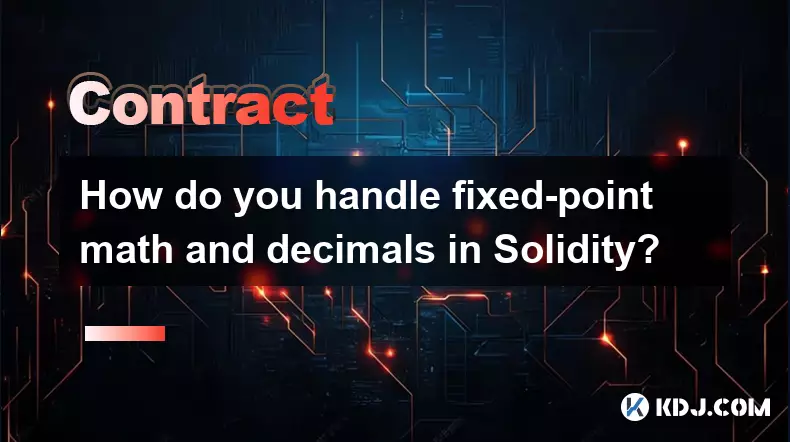
How do you handle fixed-point math and decimals in Solidity?
Nov 08,2025 at 11:40pm
Understanding Fixed-Point Arithmetic in Solidity1. Solidity does not natively support floating-point numbers, which means developers must rely on fixe...
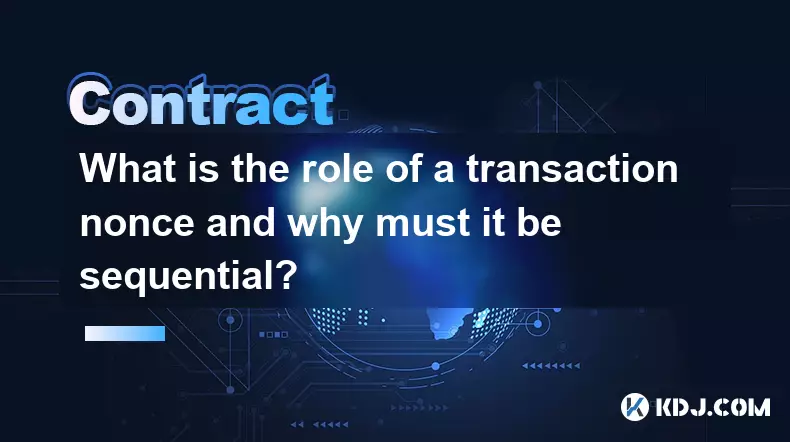
What is the role of a transaction nonce and why must it be sequential?
Nov 09,2025 at 01:00am
Understanding the Transaction Nonce in Blockchain Systems1. A transaction nonce is a number used once, associated with a user's account in blockchain ...
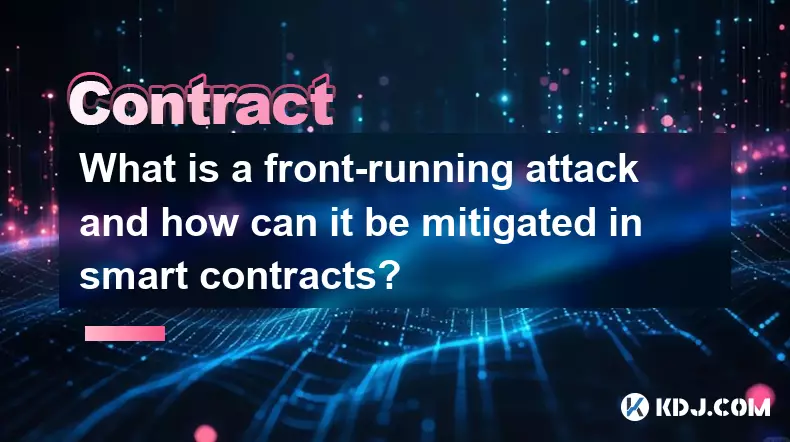
What is a front-running attack and how can it be mitigated in smart contracts?
Nov 08,2025 at 11:20am
Understanding Front-Running in Blockchain Transactions1. In the context of blockchain and decentralized applications, a front-running attack occurs wh...
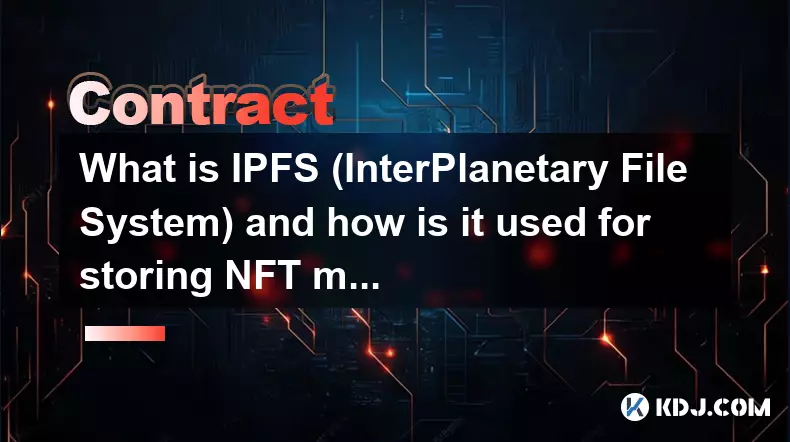
What is IPFS (InterPlanetary File System) and how is it used for storing NFT metadata?
Nov 08,2025 at 06:00pm
Understanding IPFS and Its Role in Decentralized Storage1. The InterPlanetary File System (IPFS) is a peer-to-peer hypermedia protocol designed to mak...

What is a state machine and how can a contract be designed as one?
Nov 08,2025 at 02:19pm
Understanding State Machines in Blockchain Context1. A state machine is a computational model used to design systems that transition between defined s...

How do you upgrade a smart contract using the UUPS proxy pattern?
Nov 09,2025 at 01:19am
Understanding the UUPS Proxy Pattern in Smart Contract DevelopmentThe UUPS (Universal Upgradeable Proxy Standard) pattern has become a cornerstone in ...

How do you handle fixed-point math and decimals in Solidity?
Nov 08,2025 at 11:40pm
Understanding Fixed-Point Arithmetic in Solidity1. Solidity does not natively support floating-point numbers, which means developers must rely on fixe...

What is the role of a transaction nonce and why must it be sequential?
Nov 09,2025 at 01:00am
Understanding the Transaction Nonce in Blockchain Systems1. A transaction nonce is a number used once, associated with a user's account in blockchain ...

What is a front-running attack and how can it be mitigated in smart contracts?
Nov 08,2025 at 11:20am
Understanding Front-Running in Blockchain Transactions1. In the context of blockchain and decentralized applications, a front-running attack occurs wh...

What is IPFS (InterPlanetary File System) and how is it used for storing NFT metadata?
Nov 08,2025 at 06:00pm
Understanding IPFS and Its Role in Decentralized Storage1. The InterPlanetary File System (IPFS) is a peer-to-peer hypermedia protocol designed to mak...
See all articles




















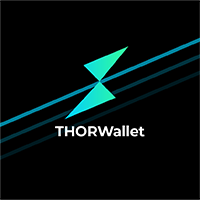
![The Graph Price Prediction [GRT Crypto Price News Today] The Graph Price Prediction [GRT Crypto Price News Today]](/uploads/2025/11/07/cryptocurrencies-news/videos/690d4df44fe69_image_500_375.webp)



